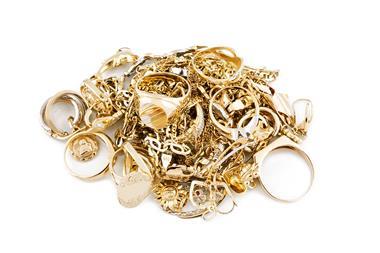’This is a challenge for the insurance industry,’ says head of bespoke insurance
High net worth (HNW) insurer NFU Mutual has issued a warning after finding that lab grown diamonds plummeted in value at the back end of 2023.

Lab grown diamonds are created in a laboratory over a matter of weeks, but are chemically identical to natural diamonds.
NFU Mutual said that while these products improve accessibility and replacement costs, they were failing to hold their value.
For example, according to jewellery specialist Doerr Dallas Valuations, a three carat lab grown diamond was worth £16,500 in 2021 and only £7,500 in 2023.
In contrast, a natural diamond of the same standard rose in value from £55,000 in 2021 to £70,000 in 2023.
Dawn Blazier, head of bespoke insurance at NFU Mutual, said: “Synthetic diamonds can be a more ethical and economical way of getting a special piece of jewellery and we’re insuring more of these items than ever.
“Interestingly, lab grown diamonds can be considered both identical and fundamentally different to natural diamonds – they look indistinguishable but their value is miles apart.
“With the price of synthetic diamonds having recently fallen, now is perfect time to look at the value these precious gems hold for you and your family.”
Payouts
NFU Mutual felt drastic fluctuations could leave customers receiving smaller insurance payouts than expected or paying more than they should to insure their jewellery.
Read: In Focus - Ex-Love Islander’s burglary reawakens HNW underinsurance and social media risks debate
Read: Luxury watch theft ‘growing concern’ for insurance sector
Explore more HNW-related content here or discover other news stories here
Blazier explained there had been situations where there had been ”people who have bought what they thought was a natural, mined diamond, only to have it valued and find it is a less valuable lab grown gem”.
“Or it may be that customers insured a synthetic diamond a number of years ago which has now fallen in value, so it’s always worth revisiting these things,” she added.
“This is a challenge for the insurance industry as much as it is for customers and at NFU Mutual, we always have these conversations with customers to make sure their expectations of cover are realistic, as well as ensuring they are not over or underinsured.”
Hosted by comedian and actor Tom Allen, 34 Gold, 23 Silver and 22 Bronze awards were handed out across an amazing 34 categories recognising brilliance and innovation right across the breadth of UK general insurance.


















































No comments yet